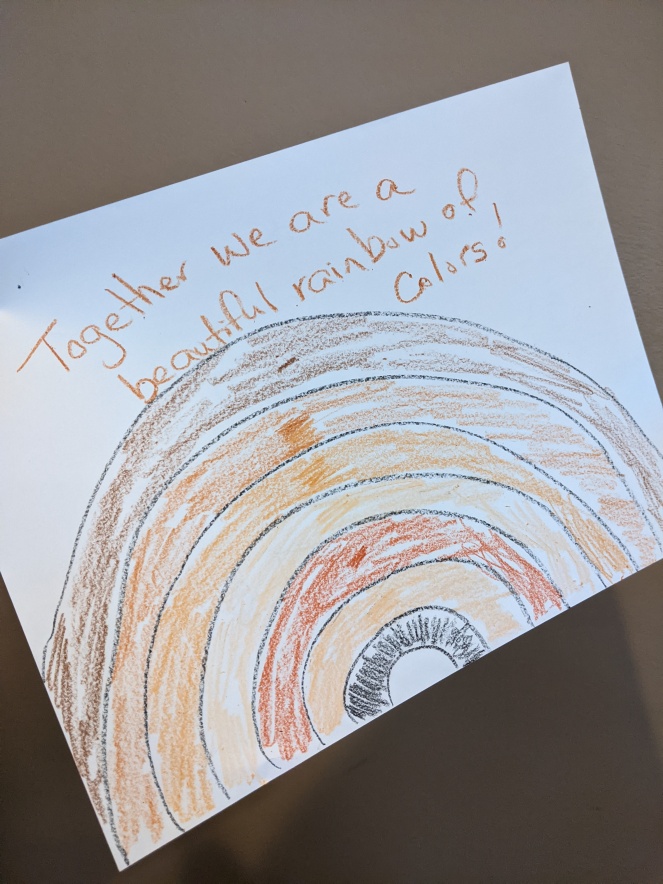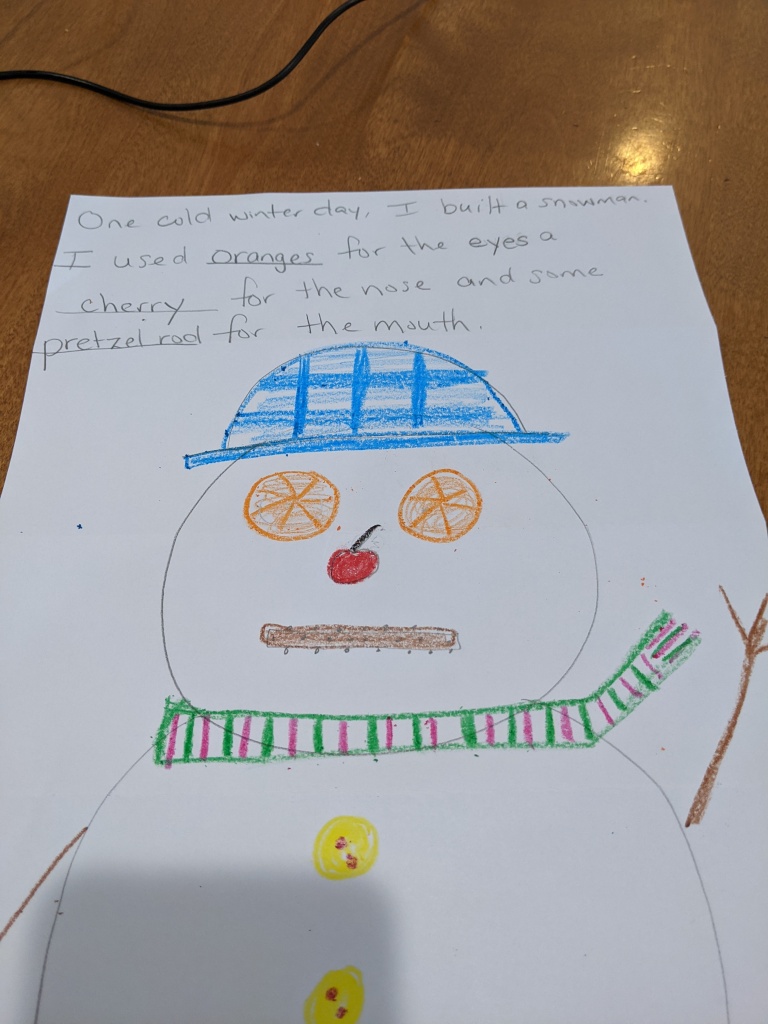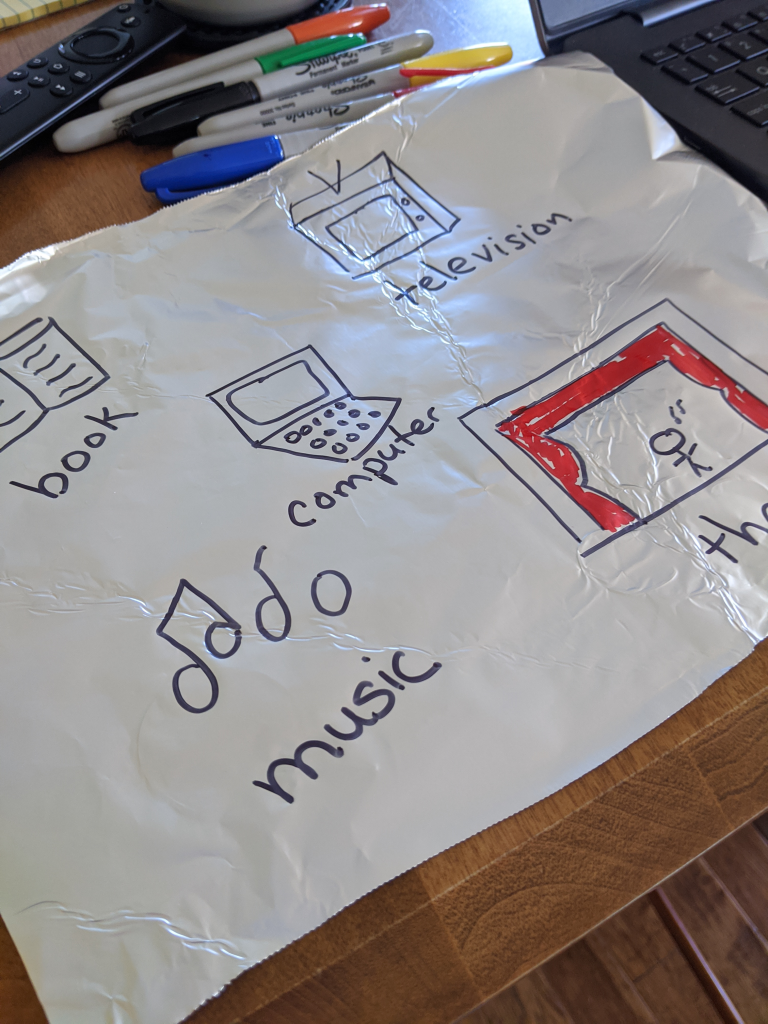When looking for rainbow stories to share I came across The World Made a Rainbow by Michelle Robinson. We are coming up on the one year anniversary of our world shutting down. On March 13, 2020 my world was shaken. That was the last day my sons went to school in the building, the last day my husband went into work, the last day I was teaching in person. It was the first day of major change. One year is a long time in everyone’s life but a really long time in the life of young children. But, we make the best of it. We learn. We grow. We have fun. We can hope that one day really soon life will begin to look a bit more like normal. We can search for the rainbow of hope and know that it is coming….
Let’s learn a bit about the science of rainbows. Listen to the story All the Colors of the Rainbow by Allen Fowler. Then watch SciShow Kids How to Make a Rainbow.
While in the science of rainbows we learn that the colors in light are red, orange, yellow, green, blue, indigo and violet, there are so many other beautiful colors in our world. They are the colors of nature. The colors of our skin tones. The colors in my crayon box. Listen to the story Black is a Rainbow Color by Angela Joy. This is a great conversation piece about the rainbows of our world. Color a rainbow with skin tone crayons. Color a rainbow with only your favorite colors, or least favorite colors. Color a rainbow based on yourself.

While we want children to learn about the science behind rainbows and understand that the light is broken down into the colors we can see, we also want them to understand that rainbows are a sight of beauty … and all colors are beautiful.











